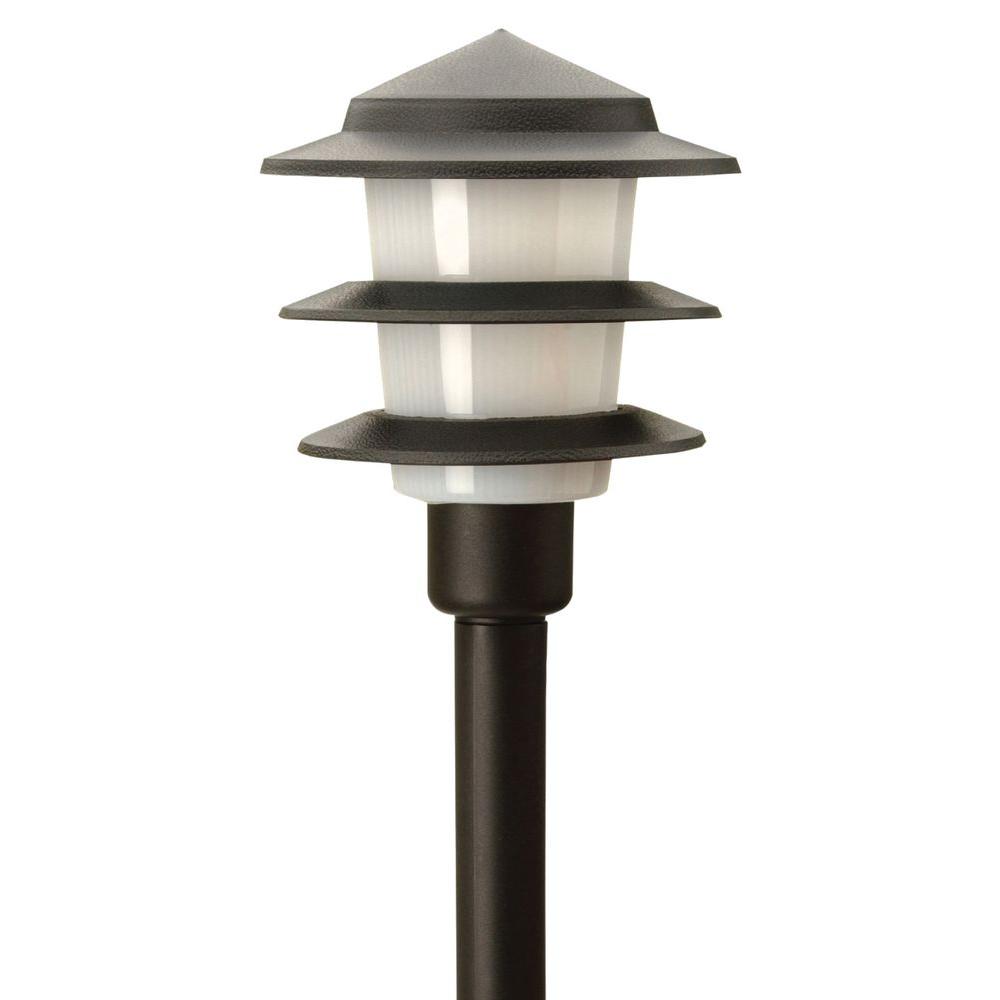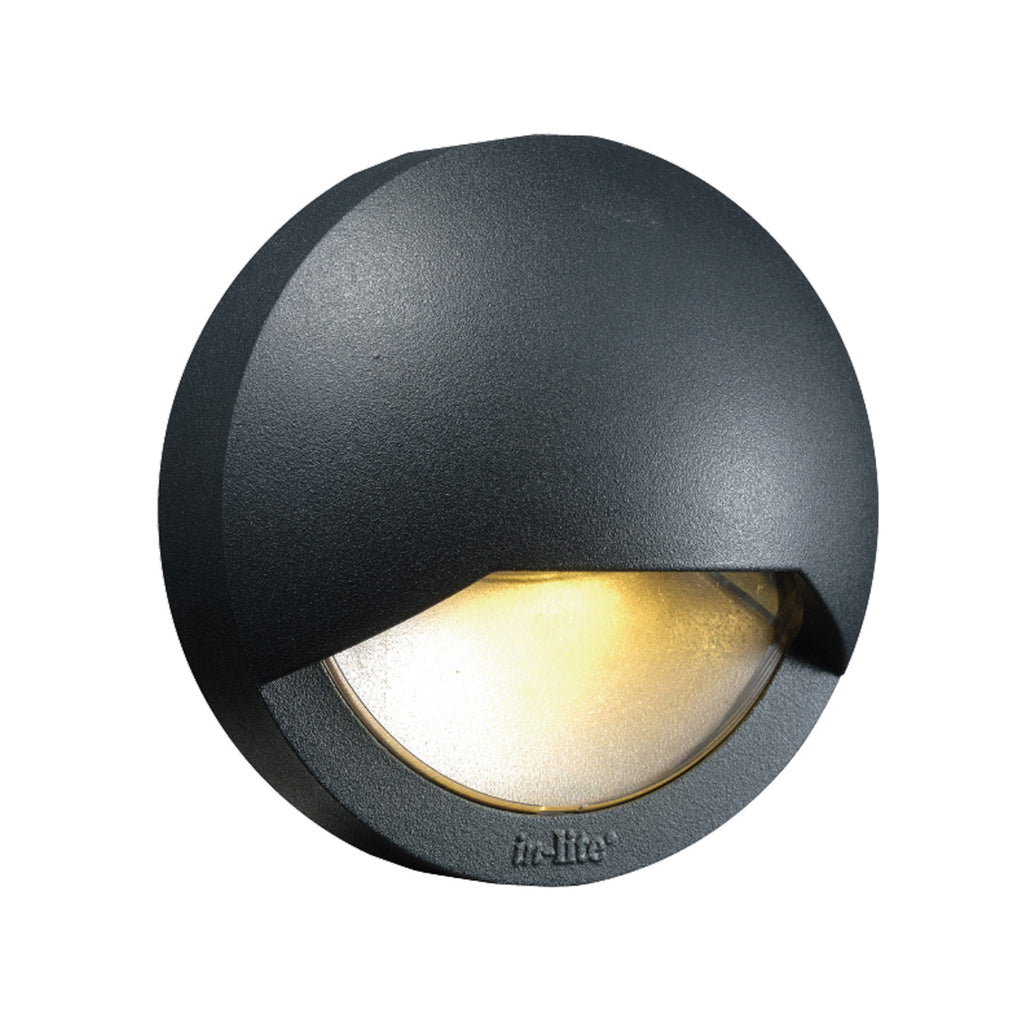

Simply pinch the connector onto the cable. Most landscape lighting fixtures come prewired with easy-to-use snap-on connectors. Next, connect each light fixture to the cable. Plug the transformer's power cord into the outlet. This type of cover protects the outlet from rain and snow but allows easy access. Secure the cable to the stake with insulated cable staples.Ĭonnect the Lights Attach a plastic "while-in-use" cover to the outdoor electrical outlet. Attach the transformer to the stake with galvanized or stainless-steel screws. Next, drive a pressure-treated 2 x 6 stake into the ground next to an outdoor electrical outlet. Slide the wires through the retaining strap on the back of the transformer and then insert one wire under the A screw terminal, and the other wire under the B screw terminal. Then use wire strippers to remove about 5/8 inch of insulation from each side.
#Volt landscape lighting free
Peel them apart so you have about 4 inches free for each wire. Installing the Transformer: Low-voltage cable consists of two insulated stranded-copper wires stuck together. Don't use the shovel or other tool you might accidentally slice into the cable. Set the cable into the trench and push it all the way down to the bottom using a short, narrow piece of 1/2-inch-thick plywood. Simply stomp the shovel into the ground and pull the handle back and forth to open a deep V-shaped trench. You don't even need to remove any dirt from the trench. The trench doesn't have to be perfectly straight, so if you hit a rock or root, just go around it. Now use a square-blade shovel to cut a 2- to 3-inch-deep trench along the line where you want the light fixtures. If you come to an obstacle, such as a boulder, tree, or fence, string the cable under or around it.

Next, unroll the spool of low-voltage electrical cable and lay the cable beside the fixtures.
#Volt landscape lighting install
Laying the Cable: Start by laying the light fixtures on the ground where you intend to install them. Putting in a typical low-voltage lighting system requires three major steps: laying the cable, installing the transformer, and connecting the lights. They're used to shine a light on trees, shrubs, walls, flower beds, fences, ponds, and other landscape features. These specialty fixtures, which are often hidden from view, include floodlights, spotlights, up lights, and wall-wash fixtures. Shiny copper or plated-metal fixtures stand out, while green-, black- or brown-painted fixtures can blend in with the surroundings.Īccent Fixtures: The unsung heroes of any landscape lighting design are the accent lights. Pathway Lights: Designed for installation along walkways and driveways, this type of fixture represents the most stylish and elegant of landscape lights. Check with the lighting manufacturer to determine the proper-size cable to use for your specific system. For example, a 300-watt transformer can power 100 feet of 16-gauge cable, or 150 feet of 14-gauge cable, or 200 feet of 12-gauge cable. Which cable to use depends largely on the size of the transformer and the length of cable you need. The lower the number, the thicker the wire and the greater its capacity. Low-voltage cable is commonly available in 12-, 14-, and 16-gauge. It runs from the transformer to each light fixture in the system. Low-Voltage Electrical Cable: The cable used for landscape lighting is specifically made for burial underground. For example, if you plan to string together 10 18-watt light fixtures, then you'll need a transformer with a wattage output of at least 180. To determine which size transformer you need, simply add up the wattage of all the lights in the system. Models range from about 44 watts to 900 watts. Transformers are rated according to the maximum wattage output. Most transformers are equipped with a 24-hour timer that allows users to decide when the lights go on and off automatically. It plugs into a GFCI-protected outdoor electrical outlet and steps down the house current from 120 volts to 12 volts. Transformer: The power behind every low-voltage system is the transformer. Nearly every system, regardless of its complexity, is composed of four basic parts. There are dozens of low-voltage lighting fixtures and accessories available in a variety of styles, sizes, colors, and finishes. They're less expensive, easier to install, safer, and use less energy. For DIY installation, though, we highly recommend low-voltage systems that operate on just 12 volts. Some landscape lighting systems operate on "line voltage," the 120-volt current from your house.

These versatile, weatherproof lights can be used to illuminate pathways, flower beds, trees, fences, driveways, stone walls, doorways, and more. Media Platforms Design Team Landscape lighting describes a large and varied family of outdoor lighting fixtures.


 0 kommentar(er)
0 kommentar(er)
